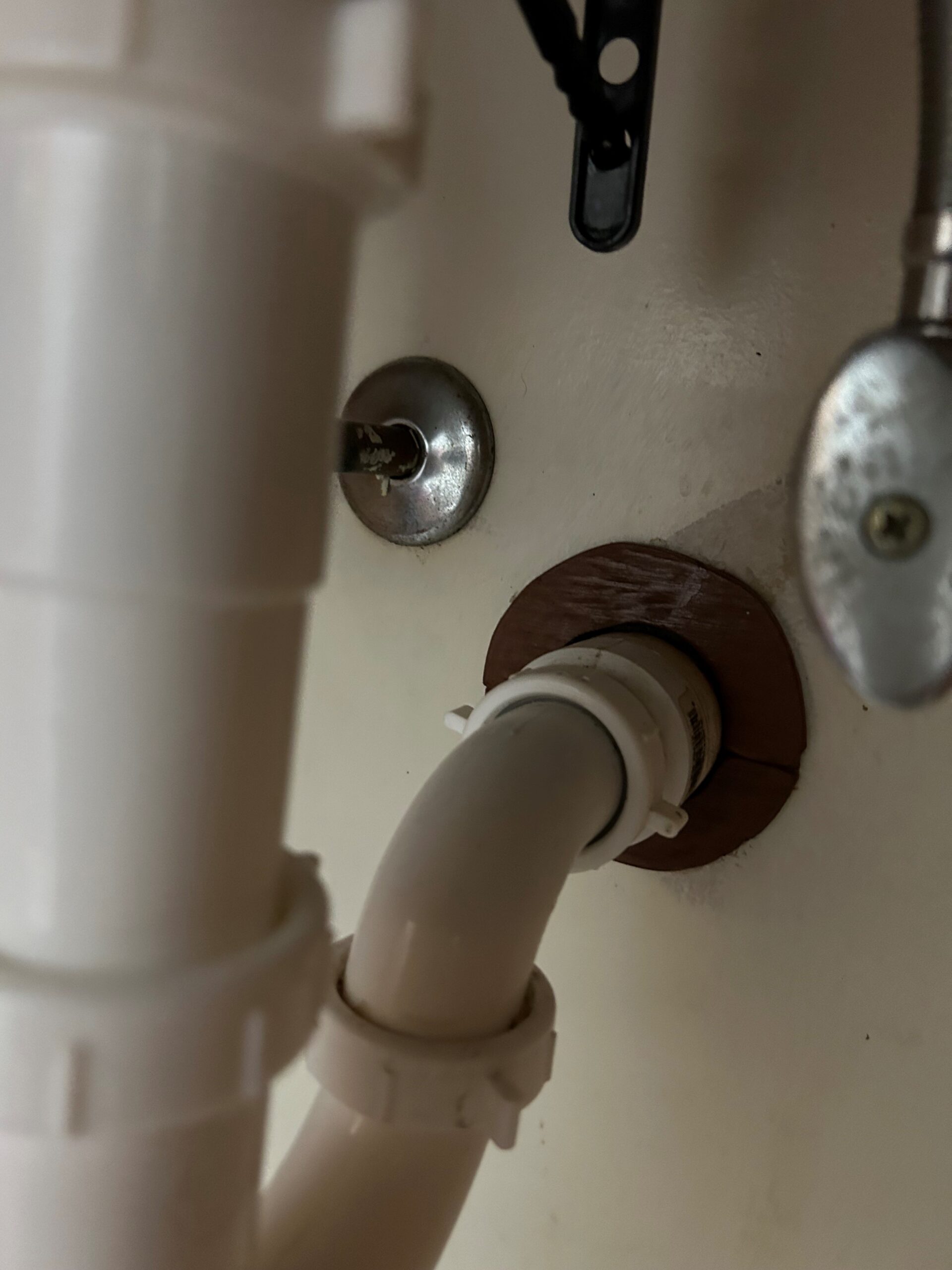 How can fire risk be reduced in concealed spaces?
How can fire risk be reduced in concealed spaces?
September 13, 2023
by Nils Deacon, Manager, Inspections and Rating Services
Concealed spaces in architectural design add complexity to fire risk. Insurance inspection organizations acknowledge the concealed space hazard with an additional rating factor. Yet steps can be taken to reduce risks associated with concealed areas.
If concealed spaces are constructed of fire-resistive or non-combustible materials in a building of similar construction, there is less hazard. Packing the cavity of a concealed space with non-combustible insulation can impede spread of flame and smoke to other areas of the structure. “Fire stopping” is a method of compartmentalization, where openings and joints between floors and walls are filled with fire-resistant material to inhibit spread of fire. Modern building codes generally require fire stopping, but it may have been removed during renovations to older structures. Removal of concealed spaces from prior remodeling, such as false walls or suspended ceilings, also decreases hazard.
Properly installed and maintained automatic sprinkler systems greatly reduce risk of fire damage. NFPA 13, Standard for the Installation of Sprinkler Systems, and NFPA 25, Standard for the Inspection, Testing, and Maintenance of Water-Based Fire Protection Systems provide guidance, including that specific to concealed spaces.
DISCLAIMER: This information reflects the interpretation of MSO, Inc. with regard to NFPA Standards and Codes. It does not represent NFPA’s official position on the items discussed.
Vertical wall fire stopping with improper (combustible) material.

